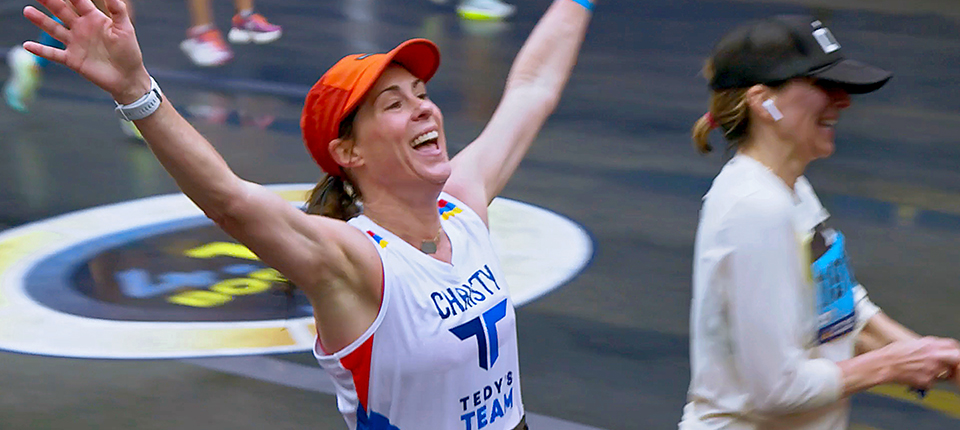View All
- Main Image
-

- Heading
-
DIABETES CARE{{color-gold}}
- Publish Date
- 2021-11-30 14:32
- Sub Heading
-
FreeStyle Libre 2 Connected to Your Phone
- Description
-
You can monitor your glucose through Apple iOS and Android apps, your data is just a simple scan away.
- Duration
-
Read More
- Reference Page Path
- /content/corp/abbott/us/en/corpnewsroom/diabetes-care/freestyle-libre-2-now-connected-to-your-iphone.html






FOLLOW ABBOTT